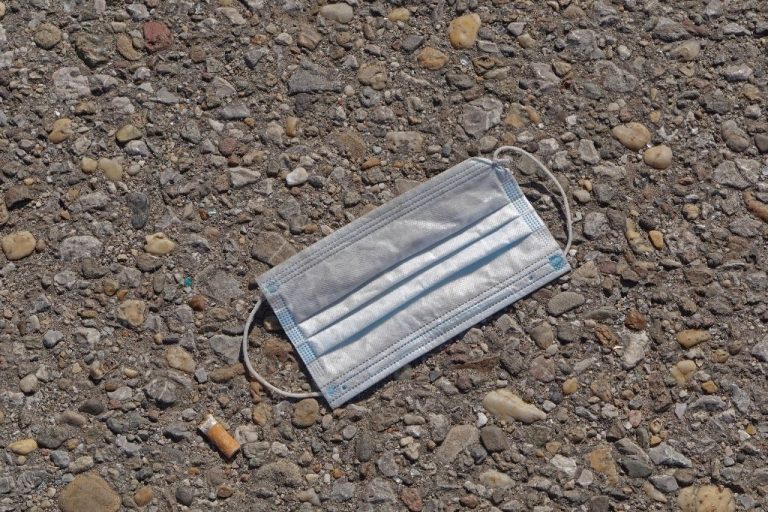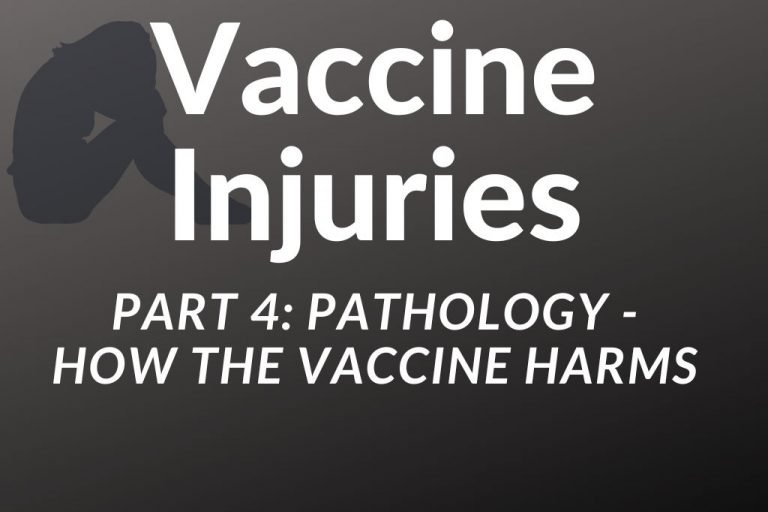Vitamin D

Much has been made of this compound, also called Cholecalciferol, in the last few months and with good reason. Those with low Vitamin D levels have much poorer outcomes if they contract Covid-19 and higher Vitamin D levels are associated with better outcomes. Furthermore our recent obsession with covering up means that many of us are at risk for low Vitamin D. Vitamin D, the Sunshine Vitamin is not really a Vitamin and is more correctly classified as a hormone which is made in body.
Vitamin D generally refers to related compounds with Vitamin D3 (Cholecalciferol) being made in the human body or obtained in the diet is small amounts. Vitamin D (Ergocalciferol) is either synthetically made or can be obtained from some mushrooms.
Getting Vitamin D
Blood levels of vitamin D can be checked but this test is no longer funded in the NZ public health system so there is a charge for this. While the reference range for Vitamin D is 50 -150 nmol/L, we recommend a level of 100 or above.
Sun
Sun exposure is the most important source of Vitamin D3.
Summer is the time of the year to be out in the sunshine with the sun on the skin so the body can make vitamin D. While avoiding burning, it is important to be out in the sun at midday as that is when the UVB rays are present. UVB is needed to make Vitamin D. Wear a hat to cover protect your face as not much Vitamin D is made in the face. Those with darker skin need more sun exposure to make adequate vitamin D, as are those who are overweight and obese, another factor for poorer Covid-19 outcomes. However, along with stimulating Vitamin D production, sun exposure may improve insulin sensitivity, which helps with weight loss – a double benefit for general health – and in protection against Covid-19. Add in exercise at the same time and you have a triple benefit.
Expose as much skin as possible as often as possible but adjust, according to skin tone. This exposure must be outside and not through glass to make Vitamin D. We make all the vitamin D possible in exposed skin by about half way to sun burn on any particular day. An average pakeha skin-tone can make around 1000 iU per min outdoors in bikini or budgie smugglers. This 1000 iU is also the maximum dose NZ Government allows as a daily dose in supplements! Don’t they want is to be well or something? Or are they suggesting Pfizer is the only way to health?
It is now becoming increasingly apparent that sun exposure (without sunscreen) is important for human health. For more information, see our article on the sun here.
Food
Cholecalciferol is also found in fatty fish such as herring, salmon, tuna and sardines, as well as some beef, liver, eggs and butter. However, the amount of Vitamin D from animal sources depends on agricultural practices. As an example, in a 2007 study, farmed salmon was found to contain only 25% of the amount of Vitamin D3 found in wild salmon. It is unlikely that an individual would obtain sufficient Vitamin D from food, especially if on a plant-based diet.
Supplements
Supplements of Cholecalciferol can be taken is sun-exposure is limited and during the winter months. Vitamin D excess can occur if taking high doses. However, this does not occur with sun exposure. Keeping Vitamin D supplement at or below 4000iu (100mcg) is unlikely to cause any problems.
What Vitamin D Does
Vitamin D from sun, food or supplements (cholecalciferol) is activated in the liver and the kidneys to the active form (calcitriol). It then works by regulating genes (turning genes on and off). This includes genes involved in immune function improving the immune response to infections and also modulates the immune response in auto-immune diseases such as Lupus and Type 1 Diabetes.
Vitamin D has receptors throughout the body. Not only is Vitamin D involved in calcium regulation and bone health but also improves and modulates immune function, muscle strength, insulin secretion, red blood cell production, brain function, blood pressure, heart health and hormones.







3 Comments
Comments are closed.